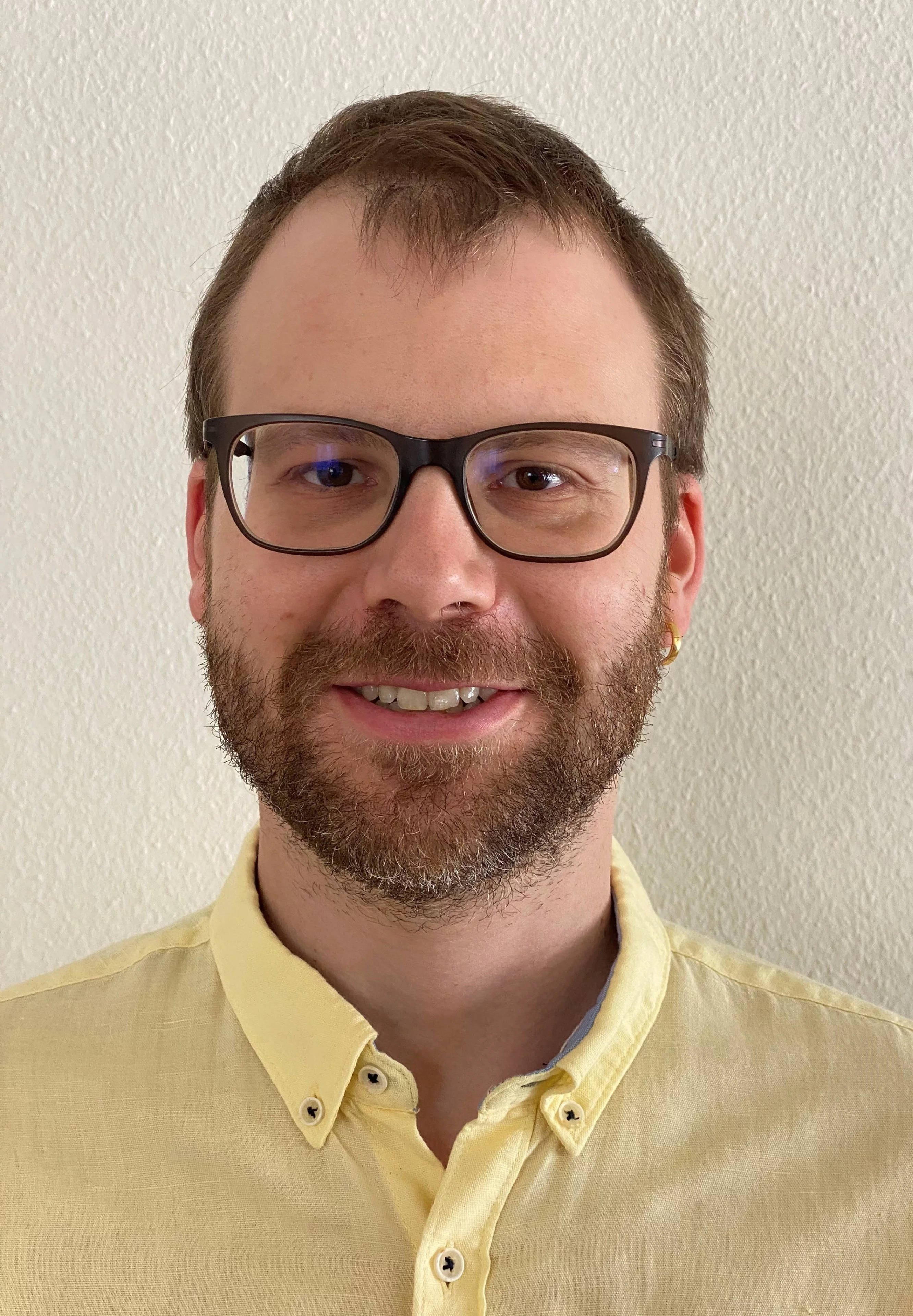Kaspar Dällenbach, Scientist at the Laboratory of Atmospheric Chemistry (LAC) at the Paul Scherrer Institute (PSI) was granted the Ambizione Grant 2020 with his project “Particulate air pollution sources in low-income megacities (PRESSING)”.
The idea behind PRESSING
Air pollution has drastic effects on health, yearly causing several million deaths globally and is, therefore, a highly relevant and pressing topic. Dällenbach explains: “I seek to get to the root of the air pollution problem in order to find suitable solutions.” Particularly in low-income regions, where a huge population meets high pollution, little information is available despite the drastic effects.
PRESSING is about tackling air pollution and figuring out which particle sources contribute most to the severe pollution. It is well established that a large fraction of the particles in the atmosphere are processed once emitted into the atmosphere prior to their detection. This makes it difficult to disentangle the emission sources from the atmospheric processing. Newly developed technologies and techniques at the Paul Scherrer Institute enable measuring and identifying the chemical composition of particulate matter at a molecular level. “We will deploy a novel extractive electrospray ionization-Orbitrap mass spectrometer in India to gather the necessary detailed information on the composition of organic aerosol which are believed to be quite harmful,“ Dällenbach explains. By doing so, researchers can quantify particles and group them according to their chemical speciation.
However, due to the complexity of atmospheric processes, especially in severely polluted environments, sources of particulate pollution cannot be easily separated or distinguished based on the particles’ chemical and molecular composition. Therefore, experiments mimicking the atmosphere in India will be performed in the smog chamber facility at PSI, in order to get a complementary fingerprint of individual pollution sources. Additionally, within the framework of PRESSING, Dällenbach suggests to introduce a new data-mining tool by which the field and chamber data can be used up to their full potential for determining the sources of atmospheric particles. All together, the field measurements, chamber experiments and data-mining tools, combined, will be able to generate the full picture of the sources contributing to air pollution in India. Identifying the root of the problem helps suggest effective targeted policies to mitigate air pollution in such low-income environments.
Research Motivation
Dällenbach sees his responsibility, as an air quality and health effects expert, to provide useful information on the sources and formation pathways of particulate air pollution to the global society. Investigating the reasons behind air pollution precisely “where it is the most severe and many people are affected” is something he has a passion for. “Disentangling the complex atmospheric processes and the different sources leading to severe air pollution in an attempt to suggest effective mitigation strategies, thereby saving lives, is my greatest interest,” says Dällenbach.
Research Impact
“The hope is that through the information gathered, local stakeholders in northern India can design efficient mitigation strategies to tackle the root of what is causing the major share of this pollution,” Dällenbach elaborates. He also anticipates that PRESSING’s strategy can be applied to other pollution hotspots globally. Despite the serious air pollution situation, little attention is drawn towards low-income regions as information and observations remain scarce. Dällenbach seeks to identify particulate pollution sources, not only where it is convenient, but also in such low-income regions where severe pollution meets a large population.



